Quinces are a well-known fruit, which go with literally everything. They can be consumed fresh, made into jam, mousse, juice, jelly or liqueur. They even brew brandy from quinces. Roasted quinces are a wonderful dessert and in the Pyrenees they also make a bread out of them, similar to a winter cake.
Quinces are rich in vitamin C, potassium, sodium, zinc, iron, copper, manganese, fluorine, pectin and a number of other organic and tanning substances.
Apart from food quinces are also used for medicinal purposes for gout and ulcers; for diarrhea and to lower fever temperature; as a tonic for general physical and mental weakness.
Since the tree was cultivated as early as 4 thousand years ago, people gradually discovered the medicinal properties not only of the fruit, but also of the other parts of the tree and the seed of the fruit itself. The leaves are used for medicinal and cosmetic purposes, the seeds - for extracting a useful mucilaginous substance and even the characteristic moss on the fruit for hemorrhaging.
An interesting and unimportant place from a medical point of view is occupied by the leaves of the quinces among the other parts of the plant. They are alternately arranged, with short stems and a dark green color. The leaves are heart-shaped and rounded at the base.
Quince leaves are used to prepare a thick decoction or a cold alcoholic extract, serving to lower blood pressure. The decoction is obtained after scalding the leaves and the alcohol extract - after soaking in alcohol for eight hours.

From the decoction, the daily dose is 2 tea cups, which must be taken 4 times. 20-30 drops in water 1-2 times a day of the alcohol extract is recommended to be taken depending on the blood pressure.
The leaves are also used for inhalation in bronchial asthma and inflammation of the digestive system. For this purpose, the leaves are boiled in 1 cup of water and then left in it for 15 minutes. The resulting decoction is filtered, diluted with water, until it reaches the original amount and a few tablespoons are taken three times a day before each main meal.
The leaves and quince seeds make a diuretic tea for kidney complaints. Both the leaves and the seeds should be dried. Boil one spoon of each of the two components in a glass of water and leave it for 5-6 minutes. Strain the decoction with cheesecloth. Take 1 tablespoon 3-4 times a day.
Quince leaves can be used in cosmetics as well. A light hand lotion is made from them. The leaves must be dried, about 100 grams of dry substance is placed in a liter of boiling water and left in it for 1 hour. The resulting decoction has a coloring effect and makes the skin a bit darker. 2-3 times a day, the skin is rubbed with a swab soaked in the decoction.
Undoubtedly, this ancient fruit has unique properties and allows extracting valuable biologically active substances useful for the body from all its parts.
See also what quince is good for, how to dry quinces and why we should eat more quinces.
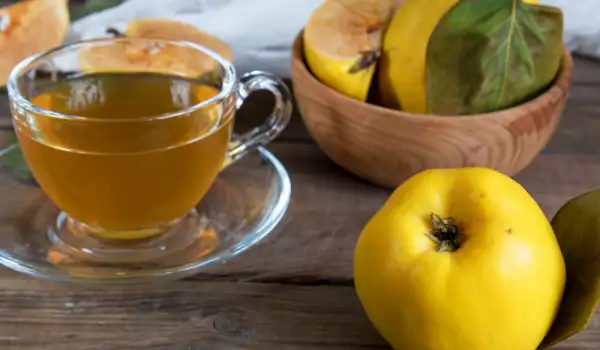
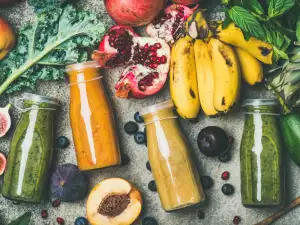
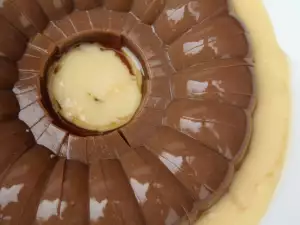
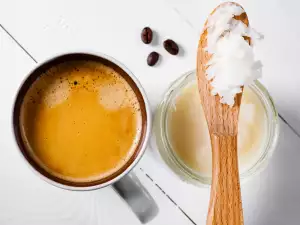

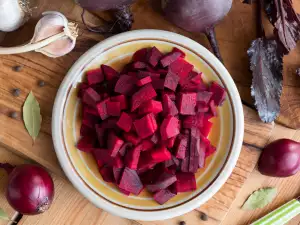

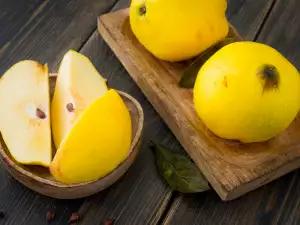
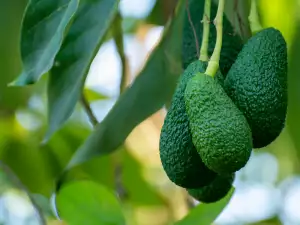

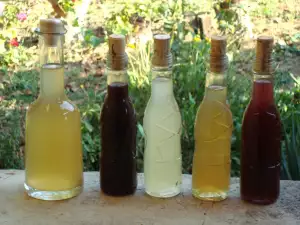


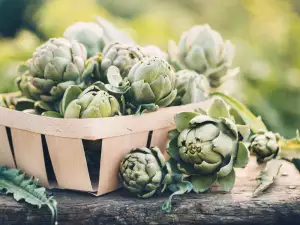
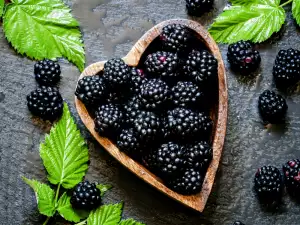





Comments